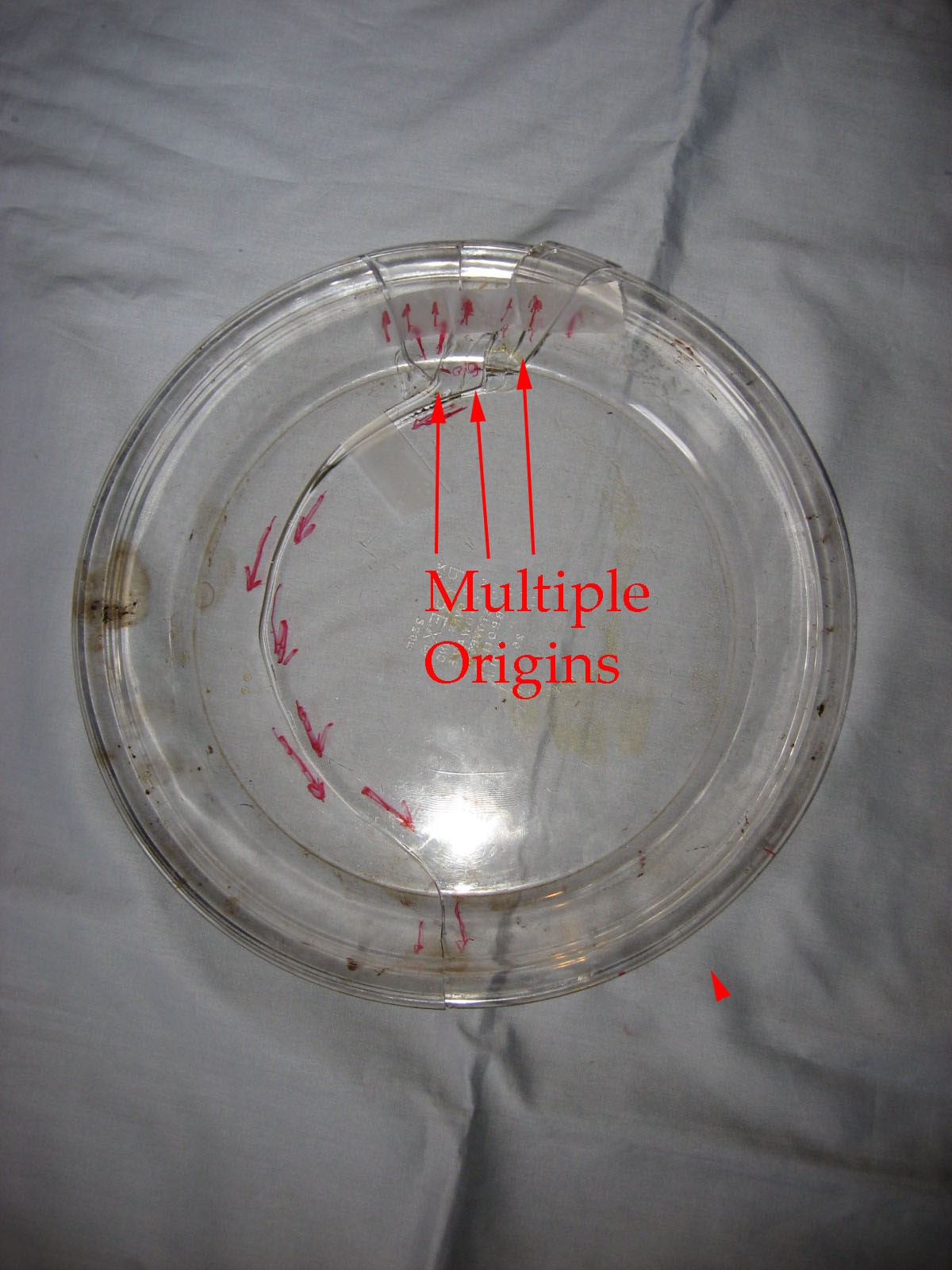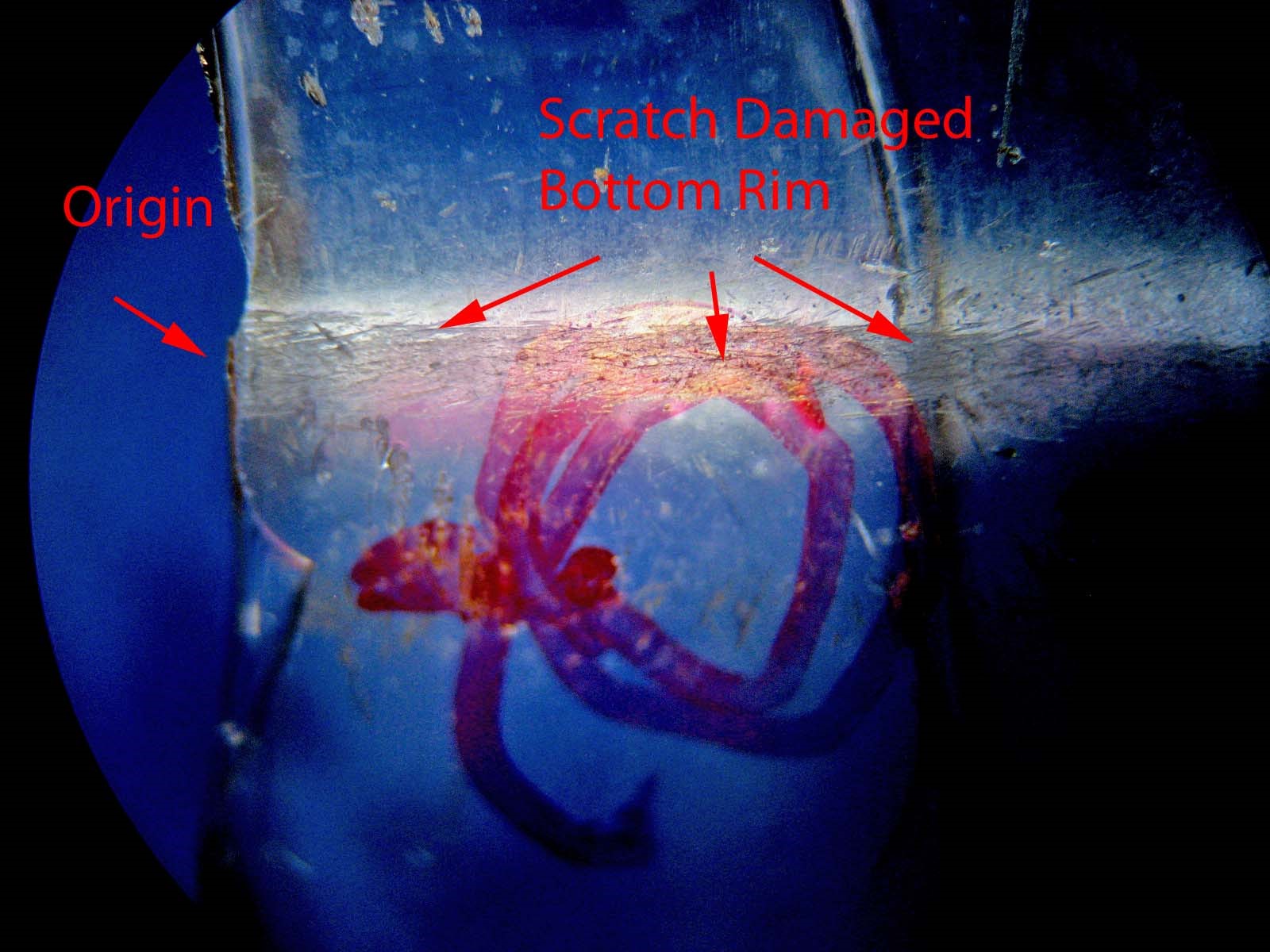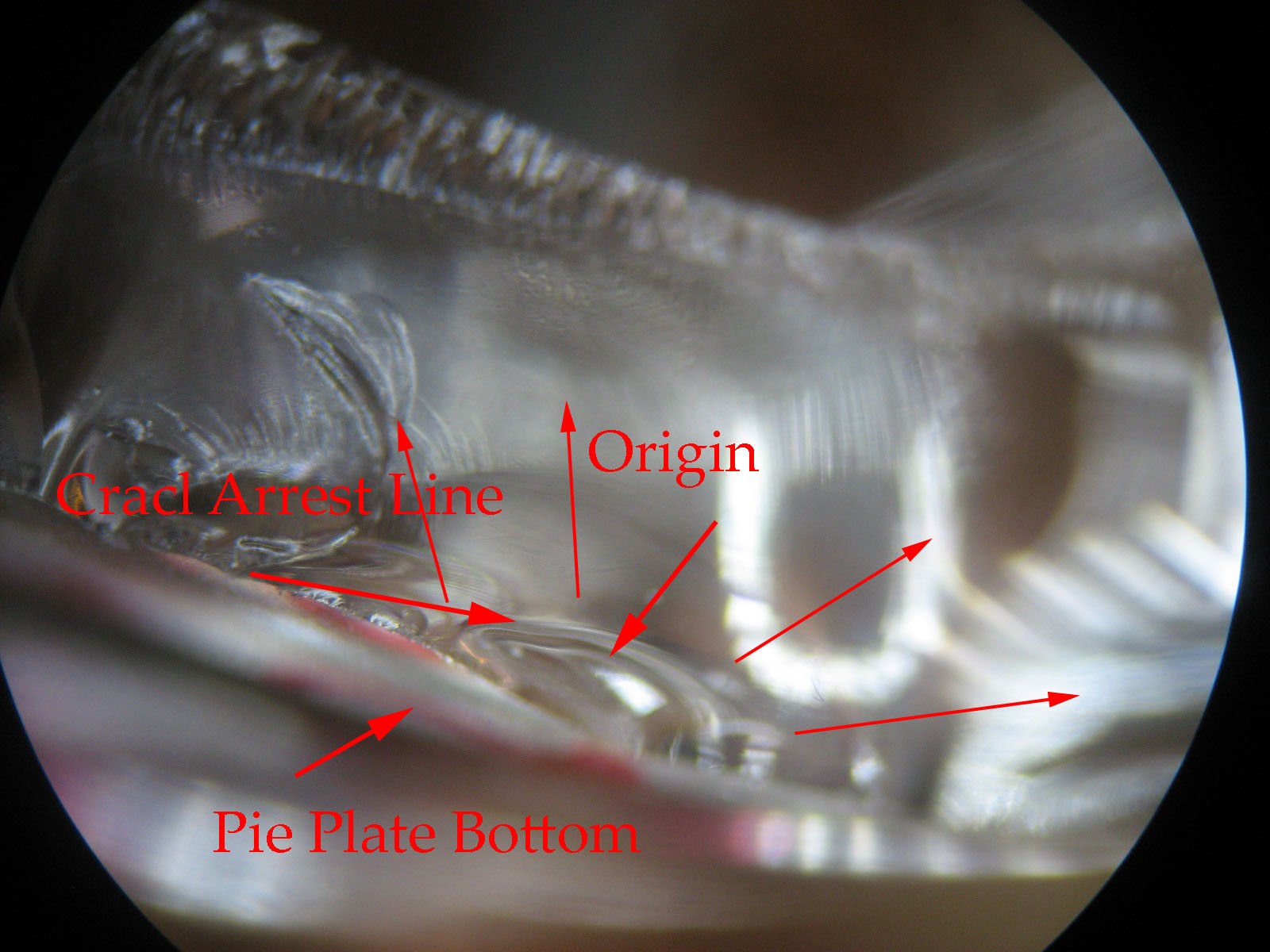12/20/2013· Failure Analysis
Outboard Boating Engine Accident: Mechanical Failure Analysis
By: Gerald Davis
A severe personal injury incident occurred as a recreational fishing boat was approaching a dock at approximately 20 mph after a day on the water. The large outboard engine (75 HP) on the stern of the boat struck a fixed underwater obstruction, flipped into the boat while still running and amputated the hand of a passenger seated near the engine.














